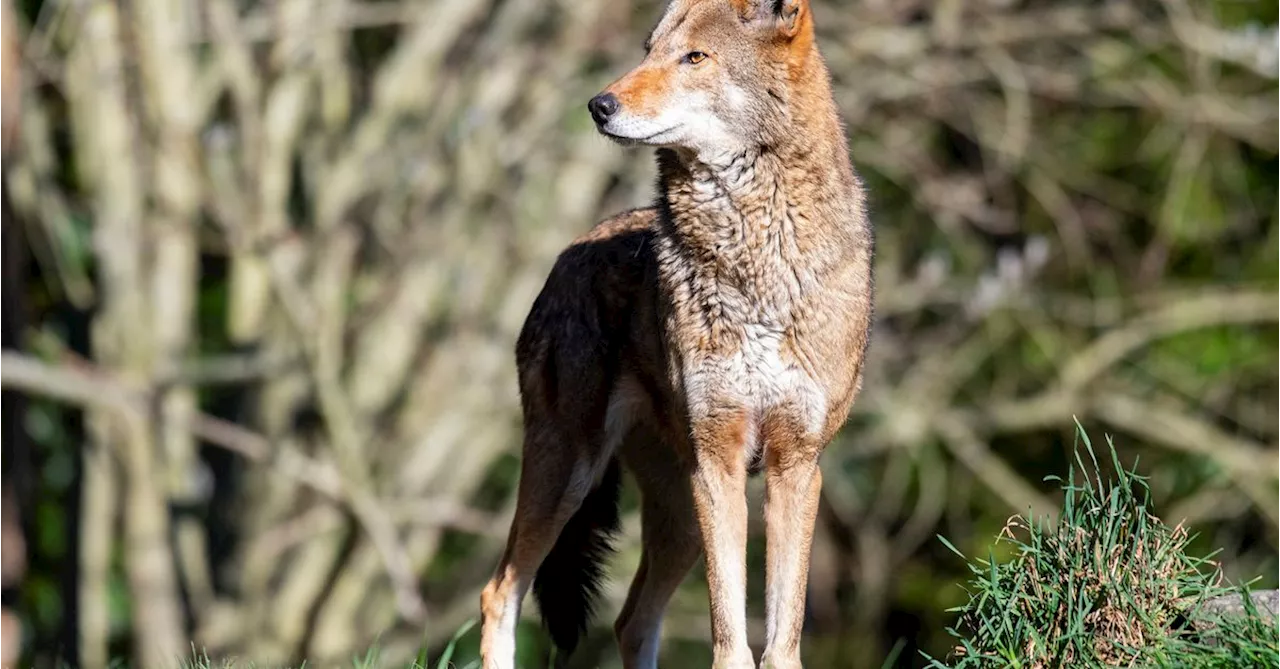Daylight Saving Time ends soon, and while most of us welcome the extra hour of sleep, for some people the time change literally causes headaches.
. Cluster headache attacks can occur every day for six to eight weeks and then go away in a cluster cycle. The theory is that you can actually trigger a cycle by switching the time with Daylight Saving Time.
Sleep is very individualized. Not everyone’s going to be equally affected by the change in our circadian rhythm. It’s important to realize that it’s not just Daylight Saving changes that can trigger these attacks, even changing time zones can trigger cluster headaches.
Indonesia Berita Terbaru, Indonesia Berita utama
Similar News:Anda juga dapat membaca berita serupa dengan ini yang kami kumpulkan dari sumber berita lain.
 3 Trainer-Approved Tips for Preparing Your Body—And Your Workout Routine—For Daylight Saving TimeYes, daylight saving preparation is a real thing—and these three tips from a trainer will help you adjust to the time change ASAP.
3 Trainer-Approved Tips for Preparing Your Body—And Your Workout Routine—For Daylight Saving TimeYes, daylight saving preparation is a real thing—and these three tips from a trainer will help you adjust to the time change ASAP.
Baca lebih lajut »
 Deer in love and end of daylight saving time collide to increase risk on roadsThe Pennsylvania Game Commission said Pa. drivers have one of the highest rate in the nation - a 1-in-59 chance - of having an accident involving a big game animal.
Deer in love and end of daylight saving time collide to increase risk on roadsThe Pennsylvania Game Commission said Pa. drivers have one of the highest rate in the nation - a 1-in-59 chance - of having an accident involving a big game animal.
Baca lebih lajut »
 DWR urges drivers to slow down due to daylight saving timeAs daylight saving time approaches, DWR is asking drivers to keep an eye out for wildlife visiting the valleys looking for food in the dark.
DWR urges drivers to slow down due to daylight saving timeAs daylight saving time approaches, DWR is asking drivers to keep an eye out for wildlife visiting the valleys looking for food in the dark.
Baca lebih lajut »
 5 tips to help you survive daylight savingHere are five tips from Noorda College of Osteopathic medical students — experts on time management — for maximizing daylight savings.
5 tips to help you survive daylight savingHere are five tips from Noorda College of Osteopathic medical students — experts on time management — for maximizing daylight savings.
Baca lebih lajut »
 Daylight Saving Time may create a literal headache for you. Here’s whyThe change in the clock also means changes for our bodies. An expert shares what you should look out for as we get ready to fall back an hour.
Daylight Saving Time may create a literal headache for you. Here’s whyThe change in the clock also means changes for our bodies. An expert shares what you should look out for as we get ready to fall back an hour.
Baca lebih lajut »
 US zoo saving endangered red wolf, one dental checkup at a timeThe endangered red wolf, the lone wolf species native only to the United States, is slowly coming back thanks to a breeding and reintroduction program that also takes special care of the wolves' teeth.
US zoo saving endangered red wolf, one dental checkup at a timeThe endangered red wolf, the lone wolf species native only to the United States, is slowly coming back thanks to a breeding and reintroduction program that also takes special care of the wolves' teeth.
Baca lebih lajut »
